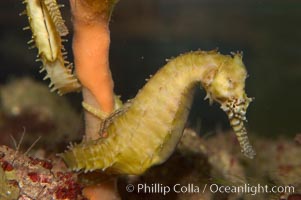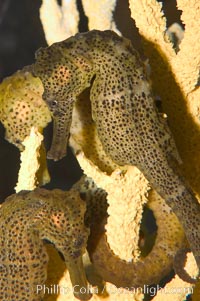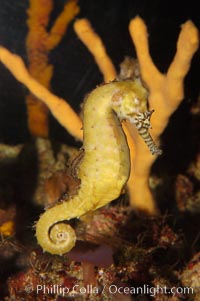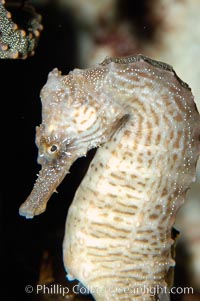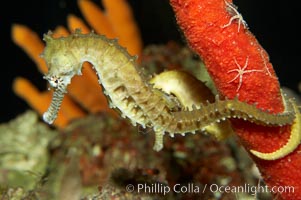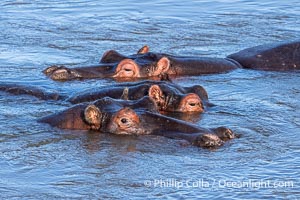
Hippos, Mara River.
Species: Hippopotamus, Hippopotamus amphibius
Location: Maasai Mara National Reserve, Kenya
Image ID: 39649
Species: Hippopotamus, Hippopotamus amphibius
Location: Maasai Mara National Reserve, Kenya
Image ID: 39649
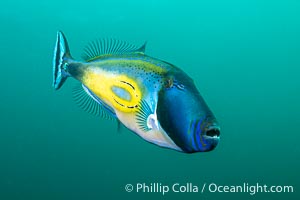
Horseshoe Leatherjacket, Meuschenia hippocrepis, Kangaroo Island, South Australia.
Species: Horseshoe Leatherjacket, Meuschenia hippocrepis
Location: Kangaroo Island, South Australia
Image ID: 39211
Species: Horseshoe Leatherjacket, Meuschenia hippocrepis
Location: Kangaroo Island, South Australia
Image ID: 39211
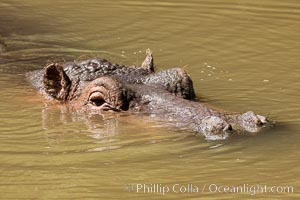
Hippopotamus, Meru National Park, Kenya.
Species: Hippopotamus, Hippopotamus amphibius
Location: Meru National Park, Kenya
Image ID: 29663
Species: Hippopotamus, Hippopotamus amphibius
Location: Meru National Park, Kenya
Image ID: 29663
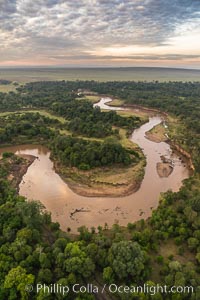
Aerial view of the Mara River with crocodiles and hippos, Maasai Mara, Kenya. Photo taken while hot air ballooning at sunrise.
Location: Maasai Mara National Reserve, Kenya
Image ID: 29803
Location: Maasai Mara National Reserve, Kenya
Image ID: 29803
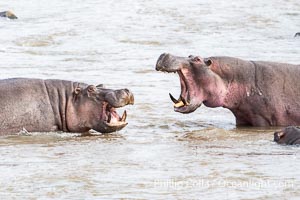
Hippopotamus with Open Mouth in the Mara River, Kenya.
Species: Hippopotamus, Hippopotamus amphibius
Location: Mara North Conservancy, Kenya
Image ID: 39730
Species: Hippopotamus, Hippopotamus amphibius
Location: Mara North Conservancy, Kenya
Image ID: 39730
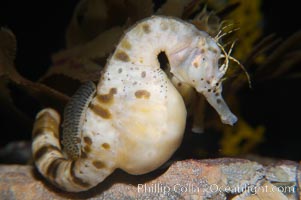
Pot-bellied seahorse, male, carrying eggs. The developing embryos are nourished by individual yolk sacs, and oxygen is supplied through a placenta-like attachment to the male. Two to six weeks after fertilization, the male gives birth. The babies must then fend for themselves, and few survive to adulthood.
Species: Pot-bellied seahorse, Hippocampus abdominalis
Image ID: 14472
Species: Pot-bellied seahorse, Hippocampus abdominalis
Image ID: 14472
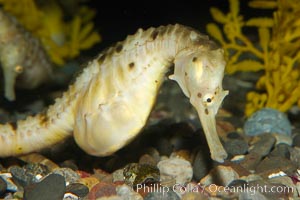
Pot-bellied seahorse, male, carrying eggs. The developing embryos are nourished by individual yolk sacs, and oxygen is supplied through a placenta-like attachment to the male. Two to six weeks after fertilization, the male gives birth. The babies must then fend for themselves, and few survive to adulthood.
Species: Pot-bellied seahorse, Hippocampus abdominalis
Image ID: 14558
Species: Pot-bellied seahorse, Hippocampus abdominalis
Image ID: 14558
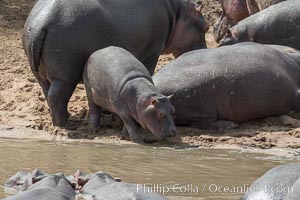
Hippopotamus, Olare Orok Conservancy, Kenya.
Species: Hippopotamus, Hippopotamus amphibius
Location: Maasai Mara National Reserve, Kenya
Image ID: 29905
Species: Hippopotamus, Hippopotamus amphibius
Location: Maasai Mara National Reserve, Kenya
Image ID: 29905
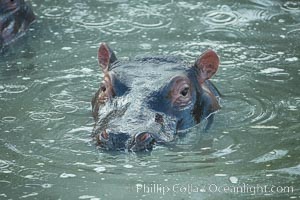
Hippopotamus, Olare Orok Conservancy, Kenya.
Species: Hippopotamus, Hippopotamus amphibius
Location: Olare Orok Conservancy, Kenya
Image ID: 30025
Species: Hippopotamus, Hippopotamus amphibius
Location: Olare Orok Conservancy, Kenya
Image ID: 30025
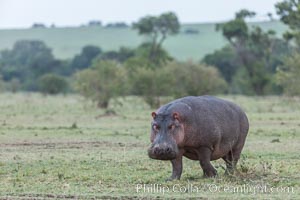
Hippopotamus, Olare Orok Conservancy, Kenya.
Species: Hippopotamus, Hippopotamus amphibius
Location: Olare Orok Conservancy, Kenya
Image ID: 30046
Species: Hippopotamus, Hippopotamus amphibius
Location: Olare Orok Conservancy, Kenya
Image ID: 30046
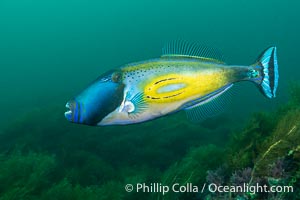
Horseshoe Leatherjacket, Meuschenia hippocrepis, Kangaroo Island, South Australia.
Species: Horseshoe Leatherjacket, Meuschenia hippocrepis
Location: Kangaroo Island, South Australia
Image ID: 39249
Species: Horseshoe Leatherjacket, Meuschenia hippocrepis
Location: Kangaroo Island, South Australia
Image ID: 39249
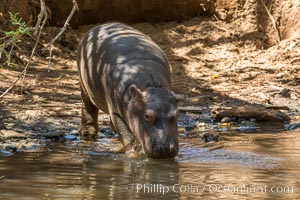
Hippopotamus, Meru National Park, Kenya.
Species: Hippopotamus, Hippopotamus amphibius
Location: Meru National Park, Kenya
Image ID: 29664
Species: Hippopotamus, Hippopotamus amphibius
Location: Meru National Park, Kenya
Image ID: 29664
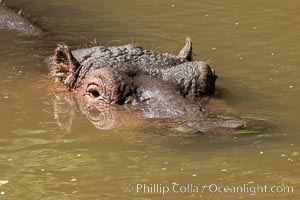
Hippopotamus, Meru National Park, Kenya.
Species: Hippopotamus, Hippopotamus amphibius
Location: Meru National Park, Kenya
Image ID: 29662
Species: Hippopotamus, Hippopotamus amphibius
Location: Meru National Park, Kenya
Image ID: 29662
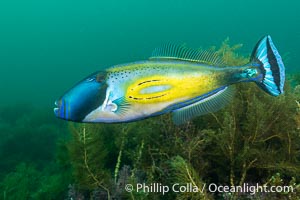
Horseshoe Leatherjacket, Meuschenia hippocrepis, Kangaroo Island, South Australia.
Species: Horseshoe Leatherjacket, Meuschenia hippocrepis
Location: Kangaroo Island, South Australia
Image ID: 39293
Species: Horseshoe Leatherjacket, Meuschenia hippocrepis
Location: Kangaroo Island, South Australia
Image ID: 39293
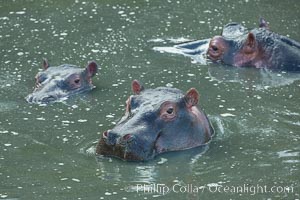
Hippopotamus, Olare Orok Conservancy, Kenya.
Species: Hippopotamus, Hippopotamus amphibius
Location: Olare Orok Conservancy, Kenya
Image ID: 30024
Species: Hippopotamus, Hippopotamus amphibius
Location: Olare Orok Conservancy, Kenya
Image ID: 30024
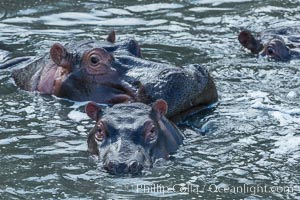
Hippopotamus, Olare Orok Conservancy, Kenya.
Species: Hippopotamus, Hippopotamus amphibius
Location: Olare Orok Conservancy, Kenya
Image ID: 30026
Species: Hippopotamus, Hippopotamus amphibius
Location: Olare Orok Conservancy, Kenya
Image ID: 30026
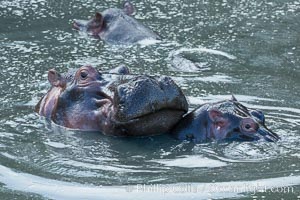
Hippopotamus, Olare Orok Conservancy, Kenya.
Species: Hippopotamus, Hippopotamus amphibius
Location: Olare Orok Conservancy, Kenya
Image ID: 30027
Species: Hippopotamus, Hippopotamus amphibius
Location: Olare Orok Conservancy, Kenya
Image ID: 30027
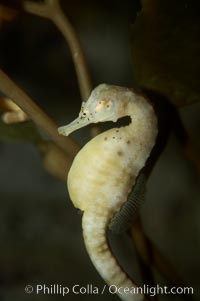
Pot-bellied seahorse, male, carrying eggs. The developing embryos are nourished by individual yolk sacs, and oxygen is supplied through a placenta-like attachment to the male. Two to six weeks after fertilization, the male gives birth. The babies must then fend for themselves, and few survive to adulthood.
Species: Pot-bellied seahorse, Hippocampus abdominalis
Image ID: 11027
Species: Pot-bellied seahorse, Hippocampus abdominalis
Image ID: 11027
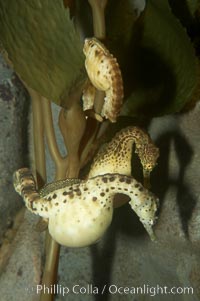
Pot-bellied seahorse, male, carrying eggs. The developing embryos are nourished by individual yolk sacs, and oxygen is supplied through a placenta-like attachment to the male. Two to six weeks after fertilization, the male gives birth. The babies must then fend for themselves, and few survive to adulthood.
Species: Pot-bellied seahorse, Hippocampus abdominalis
Image ID: 11031
Species: Pot-bellied seahorse, Hippocampus abdominalis
Image ID: 11031
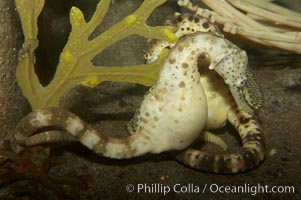
Pot-bellied seahorse, male, carrying eggs. The developing embryos are nourished by individual yolk sacs, and oxygen is supplied through a placenta-like attachment to the male. Two to six weeks after fertilization, the male gives birth. The babies must then fend for themselves, and few survive to adulthood.
Species: Pot-bellied seahorse, Hippocampus abdominalis
Image ID: 11032
Species: Pot-bellied seahorse, Hippocampus abdominalis
Image ID: 11032
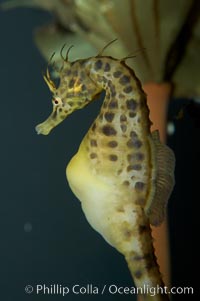
Pot-bellied seahorse, male, carrying eggs. The developing embryos are nourished by individual yolk sacs, and oxygen is supplied through a placenta-like attachment to the male. Two to six weeks after fertilization, the male gives birth. The babies must then fend for themselves, and few survive to adulthood.
Species: Pot-bellied seahorse, Hippocampus abdominalis
Image ID: 11897
Species: Pot-bellied seahorse, Hippocampus abdominalis
Image ID: 11897
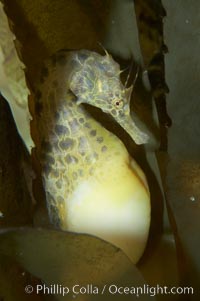
Pot-bellied seahorse, male, carrying eggs. The developing embryos are nourished by individual yolk sacs, and oxygen is supplied through a placenta-like attachment to the male. Two to six weeks after fertilization, the male gives birth. The babies must then fend for themselves, and few survive to adulthood.
Species: Pot-bellied seahorse, Hippocampus abdominalis
Image ID: 11898
Species: Pot-bellied seahorse, Hippocampus abdominalis
Image ID: 11898
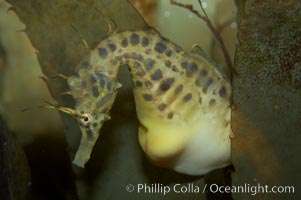
Pot-bellied seahorse, male, carrying eggs. The developing embryos are nourished by individual yolk sacs, and oxygen is supplied through a placenta-like attachment to the male. Two to six weeks after fertilization, the male gives birth. The babies must then fend for themselves, and few survive to adulthood.
Species: Pot-bellied seahorse, Hippocampus abdominalis
Image ID: 11900
Species: Pot-bellied seahorse, Hippocampus abdominalis
Image ID: 11900
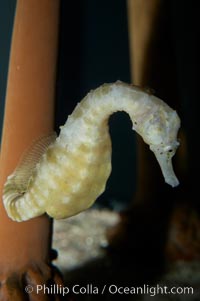
Pot-bellied seahorse, male, carrying eggs. The developing embryos are nourished by individual yolk sacs, and oxygen is supplied through a placenta-like attachment to the male. Two to six weeks after fertilization, the male gives birth. The babies must then fend for themselves, and few survive to adulthood.
Species: Pot-bellied seahorse, Hippocampus abdominalis
Image ID: 11901
Species: Pot-bellied seahorse, Hippocampus abdominalis
Image ID: 11901
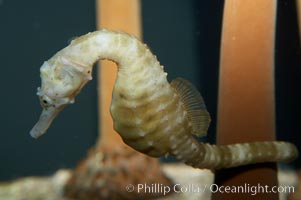
Pot-bellied seahorse, male, carrying eggs. The developing embryos are nourished by individual yolk sacs, and oxygen is supplied through a placenta-like attachment to the male. Two to six weeks after fertilization, the male gives birth. The babies must then fend for themselves, and few survive to adulthood.
Species: Pot-bellied seahorse, Hippocampus abdominalis
Image ID: 11902
Species: Pot-bellied seahorse, Hippocampus abdominalis
Image ID: 11902
